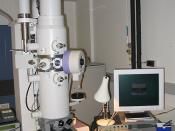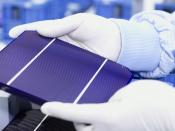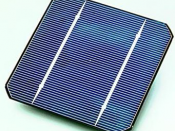Introduction
Solar power is obtained mainly by the use of solar cells. The photovoltaic (PV) effect is the basic physical process through which a PV cell converts sunlight into electricity. Photovoltaics, as the word implies (photo = light, voltaic = electricity), convert sunlight directly into electricity.
It is one of the forms of solar cells, in which light falling on a two-layer semi-conductor device produces a photo voltage or potential difference between the layers. This voltage is capable of driving a current through an external circuit and thereby producing useful work.
Silicon in solar cells
Photovoltaic (PV) cells are made of special materials called semiconductors such as silicon, which is currently the most commonly used. Basically, when light strikes the cell, a certain portion of it is absorbed within the semiconductor material.
Absorbing and wavelength entering the solar cell photons to electrons
When sunlight strikes a solar cell, only certain wavelengths of light will cause electrons to move within the semiconductor, thereby producing electric current.
The energy "band gap" of the semiconductor determines the ideal portion of the light spectrum that will create this effect.
The wavelengths of light above the cell's band gap carry more energy. Some of this energy is absorbed to free electrons in the cell, and some of it is absorbed as heat. Light energy below the cell's band gap passes right through the field without affecting electron movement.
Overall, only about 55% of the sun's light energy can be converted into electricity.
So, the typical solar cell receives the entire solar spectrum. But only the light energy above the cell's energy gap will cause electrons to move and become part of an electric circuit.
Silicon
Large numbers of silicon atoms, through their valence electrons, can bond together to form a crystal. In a crystalline solid,


